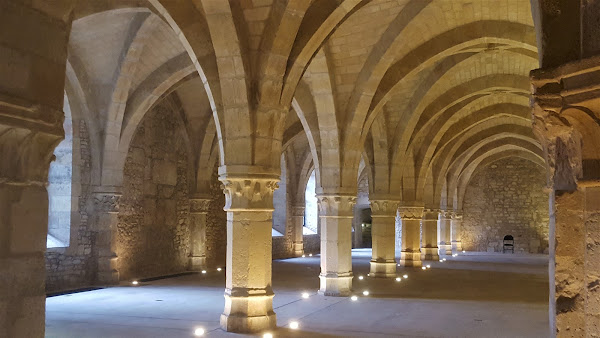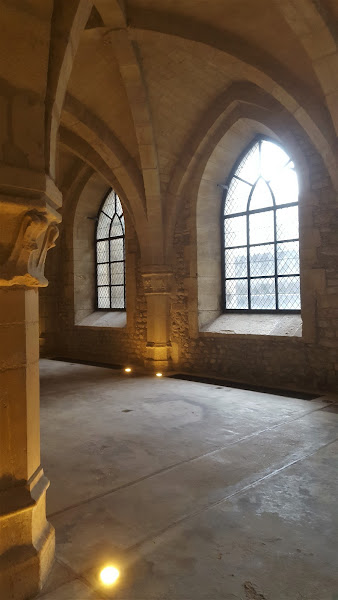Far from the beach, but still surrounded by treasure of all kinds just ready to be found, looked at, gloated over, gleaned and swiped or simply created! Here are my latest finds....
Sunday, January 30, 2022
Beloved Beasts of Present and Past...
I often wonder how a seemingly simple creature as the cat, of somewhat modest size and stature, should be doted with so much personality. Most felines share many of the same attributes - both negative and positive, demonstrate similar quirks in behaviour - as infuriating as they are endearing, and display identical character traits. Despite this, each and every one ultimately manages to be unique and true to its self; less creature than its own 'perfect creation'. One could perhaps say much the same of the majority of we human beings, but I imagine the same psychological make-up as that of the average cat (if such a thing existed) would give rise to a wholly eccentric individual, little appreciated by the others. Not so the cat, who not only garners respect from all, if only for its independance, but also actively attracts legions of cat lovers worldwide!
Animal, Insect or.... Orchid?
Although it may only be the end of January, the daylight hours are already starting to extend, and the birds sing... A few plants are even beginning to send out tentative buds in response to what has been, so far, a remarkably mild winter. In the garden centre, of course, the outside temperature has little effect on what is on display.
Today's visit plunged me into an exotic universe, at once both subtropical, equatorial and even aquatic, with the most beautiful collection of orchids that seemed to draw far more on the animal kingdom or the marine world than that of plants...
Some of the blooms seemed to have the flesh and form of sea creatures - perhaps anemones, coral or crustaceans - with plump, bulbous shapes and strange tentacle-like shoots and delicate hairs...
Others looked more like seaweed or algae, or perhaps part-fantasy fish with bizarre fins and gills...
And all were lit up with the first Spring-like light... Beautiful!
Saturday, January 15, 2022
Palais du Tau and Notre-Dame de Reims... Jewels in the Crown in the Cité des Sacres.
As time goes on, I find myself turning to time long gone by, as all the traces of centuries past seem to offer far more beauty, interest and intrigue than the offerings of today. The peace and tranquility that many of the historic pieces of art and archictecture appear to exude in the present day does, of course, belie their tumultuous past. Nevertheless, simply being surrounded by the solidity of age and the fluidity of evolving aesthetics over the eras is far more calming and enriching than any of what our frenzied click-and-swipe screen culture provides.
We are being devoured by our dependancy on these high-tech mirrors that offer a distorted and distorting vision of ourselves and the world about us. Gazing down into these modern looking-glasses, we lock ourselves in a present moment which has to be fun and bite-size, or for fear of losing out on ‘likes’ from being too dour and fatiguing ‘friends’ by being too long-winded. I won’t bother about being wholly guilty of both !
Preening and posing for the camera in the reality of this largely visual virtual world, where words are used as mere captions to accompany some photo or other, we may soon lose sight of where we have come from and what we are and relinquish all curiosity to find out. And so on a bracing cold Sunday a visit to one of the city’s oldest architectural sites – le Palais du Tau – seemed to be a curative solution to my latest bout of 21st century screen-induced disenchantment.
This was certainly not the first time I had visited the building which has been listed as UNESCO World Heritage since 1991. Not only does the Palais du Tau house the musée de l’Oeuvre, acting thus as museum to the artwork and treasures associated with the ceremonial role of the site, along with a display of the original statuary and tapistries from over the centuries, it also hosts many contemporary cultural events.
Naturally its cour d’honneur is used during the Fêtes Johanniques, when the procession of Medieval characters – and mostly significantly Jeanne d’Arc and Charles VII – converge on the cathedral in the annual commemoration of the 1429 coronation.
In addition, the truly marvellous international marionnette festival, Orbis Pictus, has been held to great effect in the halls and chapels of this monument since 2010. Likewise, many exhibitions have been set out here over the years and the association Carnet de Bals has organised Second Empire-themed dances to tap into a spirit of living history.
Simply approaching the palais du Tau from the back of the cathedral with its apse still feels a little magical. The 800-year-old Notre-Dame de Reims stands proud against the afternoon skies with its intricate flying buttresses, pinacles and spires rising upwards. The palais du Tau is not itself a vast monument however, either in height or size, considering the symbolic and functional role it has played in the religious and monarchical history of France.
Set to the right, southern flank of the cathedral and its main doorways, separated by the cour d’honneur, the palais allowed access to Notre Dame during the grand ceremonies. Its chapel runs perpendicular to the cathedral but is far more sober in style.
Although the palais du Tau was initially the palace of the Archbishop of Reims, it went on to play a significant part in the coronation of the kings of France – some 33 in all – in the succession of sovereigns from 816 to 1825. Following the baptism of Clovis, the first king of all the Franks, by Saint Remi cerca 500, subsequent monarchs sought to be annointed with the Holy oil, thus uniting temporal and sacred power. The palais thus became the residence of future kings, prior to the elaborate crowning, and Reims became la cité des sacres.
The sacred and sovereign significance of the cathedral and thus the palais du Tau too, is reflected in the gallery of Old Testament kings. These massive figures tower over us from their vantage point above the rose window on the western facade and set at the centre is the baptism of Clovis.
The incredible height of these sculpted forms (4.5 metres and 6 tons each) is apparent in the palais as many of the cathedral’s original works are now kept there for conservation. What we see on the monument, meanwhile, are reproductions, capable of withstanding the elements and that modern-day blight ; air pollution…
The city had nevertheless been of great importance even before its regal associations. Originally known as Durocortorum (‘round fortress), Reims was the second largest city in Roman Gaul and operated as a hub during the Roman Empire. The palais du Tau was in fact built on the site of a Gallo-Roman villa that was still in place in the 7th century but was finally replaced by a Carolingian palace and later given its Greek name (tau) in reference to the T shape of its ground plan.
Although most of this early architecture was lost, the 13th century Palatine chapel remained and the rest of the building was rebuilt in the Gothic style in the late 15th–early 16th century. The grand Medieval banquet hall – initially known as the Salle Du Tau or the Salle des Festins – is intact today with its high wooden-vaulted ceiling in the form of a boat’s hull, although sadly only two of the original six vast wall tapestries are still present today.
Towards the end of the 17th century, a large part of the building was transformed by modification made in the Classical style, under the direction of Louis XIV’s first architect, Jules Hardouin-Mansart.
With the dramatic end of the Ancien Régime in 1789 the palais du Tau evidently fell into disgrace. Its close association to the union of sacred and sovereigny – with the altar and the throne - meant that it represented all that the French Revolution sought to overturn. In 1790 it was confiscated and became state property for use as a law court, prison and stock exchange.
Under the Restoration years, the bishop returned and the palais itself recovered some its former pomp and ceremony during the coronation of Charles X in 1825. Nevertheless, it suffered the indignity of being used as lodging by Kaiser William following France’s humiliating defeat in the Franco-Prussian war in 1871
The separation of Church and State in 1905 ended the occupation of the palais du Tau by the bishops of Reims and site was classed as a historical monument in 1907. Unfortunately that status in no way spared it from the ravages of World War so that by the end of the four-year hostilities, only the walls and the chapel were left standing.
The cathedral suffered catastrophic damage from the very onset of the war, and quickly became the symbol of ‘La France martyre’. Such was national outrage that reconstruction commenced in 1919, whilst the palais du Tau had to wait until 1950 for restoration work to be carried out. Not that you would notice any of this today, thankfully, as you wonder around the various atmospheric halls and the corridors adjoining them, especially at nightfall when you imagine the weight of the past.
The palais du Tau became a museum in 1972 and so now the Holy ampula, the royal chalice and even the talisman of Charlemagne that were once actively used in les sacres are set in glass cabinets as beautiful display pieces only. Nothing can dull the radiance of the cathedral though- the best jewel of all!
Subscribe to:
Posts (Atom)


























